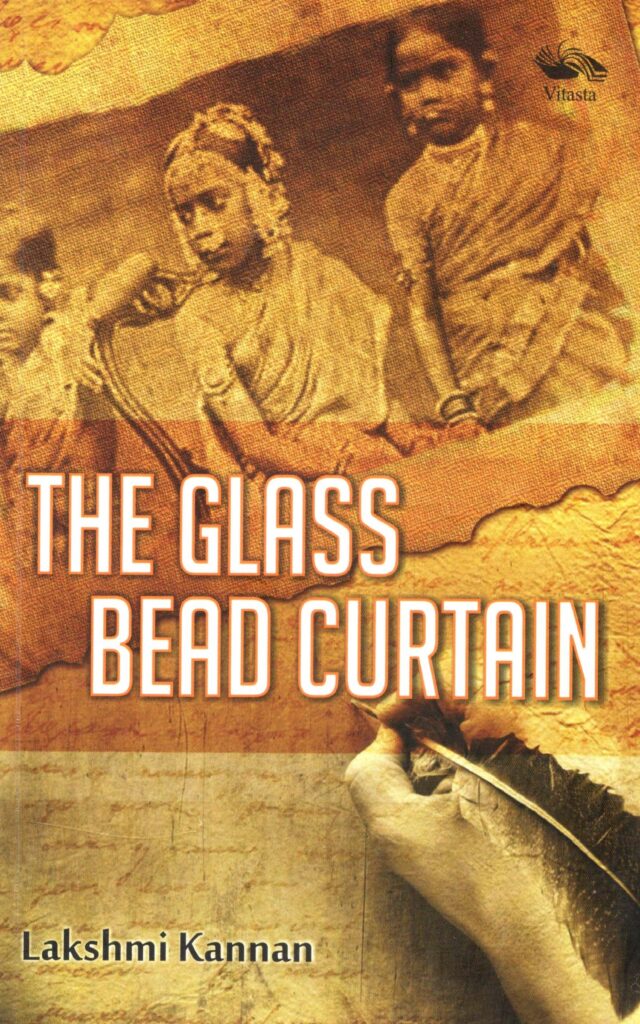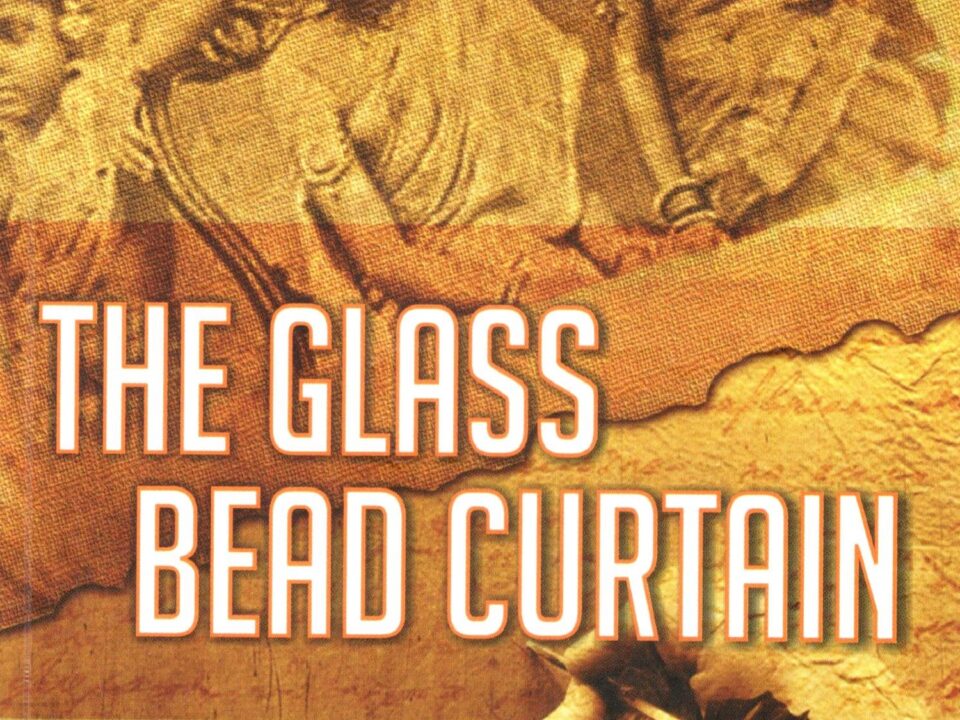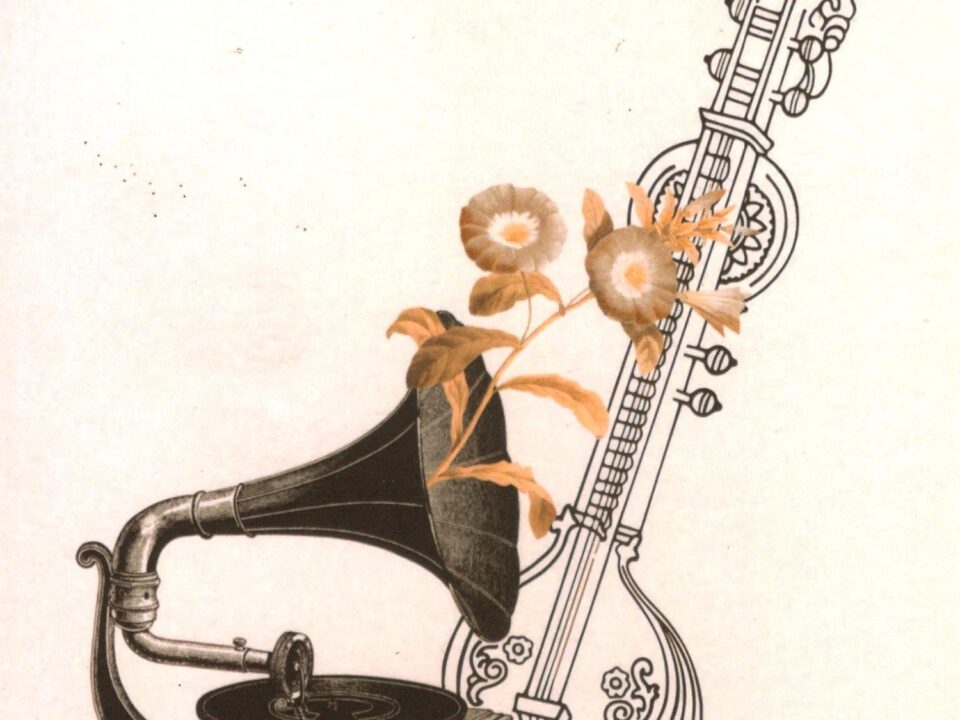
“A Million Mutinies Behind the Glass Curtain” By Santosh Gupta
Kannan’s selection of a subject from social history in the face of the greater interest by most Indian novelists at present to write about diaspora, global, social encounters or myths and legends, seems to be an act of courage as she goes against the tide. A great deal of the social world today is so intimately an outcome of the efforts of innumerable men and women in the late nineteenth and early twentieth centuries to bring about greater facilities and possibilities of freedom and education for women.
Kannan recreates the inner world of the Tamil Brahmin upper class families who experienced the new ideas that were sweeping across the nation in the 1920’s and 40’s, along with the political turmoil…Ideas that were meant to improve the living conditions of women through the efforts of Indians like Ishwar Chandra Vidyasagar, Harbilas Sarda, Mahatma Gandhi and the British and Irish men and women, are discussed by the characters in the novel within the closed rooms of their families
Even as the novel is feminist and woman-centric, it refrains from portraying all men as villains and oppressors and every woman as a helpless victim. There are as many well-meaning men who support education for women and for their rights as there are women who are patriarchy’s agents for oppressing other women. Much of the tension in Kalyani’s marital home is defused through her husband Natarajan’s humour, tolerance, self-awareness and respect for Kalyani’s mental qualities. Both the concepts of masculinity and marriage went through important shifts at that time…many writers of the 1920’s and 30’s wrote of this – Tagore, Sarat Chandra, Premchand and Jainendra, to name only a few.
“A Million Mutinies Behind the Glass Curtain”, Indian Literature, March-April, 2017, Sahitya Akademi, Delhi.
“A Million Mutinies Behind the Glass Curtain” By Santosh Gupta
In schools, at home, hidden behind curtains, there are many forms of injustices and inequality. The novel however pulls aside several of these curtains, to expose the double standards, hypocrisy and illogical norms that were rampant in the society of that period…Discussions between learned men like Swaminathan Aiyer (Kalyani’s father, a leading advocate), Justice Ramaswamy Aiyer (Kalyani’s father-in-law, a judge) and Natarajan (Kalyani’s husband, a bright lawyer) and between women such as the Irish tutor Miss. Susan O’Leary, Vishalakshi, and Parvati open up many contemporary issues referring to famous court cases and verdicts like the case of Rukmabai over the question of the age of marriage for girls…
The novel includes a variety of voices, from across the different social strata expressing contrary, even contradictory vibes. To convey the multivocality, the novel employs a large range of diverse linguistic registers – personal, emotional, rhetoric and pedagogic, journalistic, legal discussions and public speaking. Such shifts emerge with a fluency that makes it a fast-paced narrative.
A new form of women’s writing emerged which had political and social concerns. Many women continued to hide their identity even in the early half of the twentieth century. Kannan again removes some of the curtains …Susan O’Leary and Vishalakshi spring surprises upon the reader by using pseudonyms. Their writings had an impact on both men and women. The use of pseudonyms by women to deflect social disapproval is recognised by feminist critics the world over.
‘So, whose story was it, in the end?’ asks Shailaja, in the concluding Epilogue. Was Kalyani’s steady advancement, becoming a badminton coach in a girl’s school when she couldn’t continue with her studies, the central narrative, or was she one of the several women whose stories are put together to build up a mighty narrative of “her-stories”?
“A Million Mutinies Behind the Glass Curtain”, Indian Literature, March-April, 2017, Sahitya Akademi, Delhi.
“The Writer and the Written” by N S Madhavan
The Glass Bead Curtain by Lakshmi Kannan is a novel that explores the paradoxical status of women in Tamil society. When I was reading it, all hell was breaking loose in Tamil Nadu. Seldom have I experienced real time being so much at odds with fictional time. The urge to juxtapose the novel againt the current events was compelling because it was sequestered within the interiors of Brahmin homes of the old Madras Presidency of pre-Independence India, while what was happening in present-day Chennai was out on the roads and beaches. But by and by, I found out that that was not the case, actually. If at all the novel has to be connected to the present, the reader might experience more of the seamless fusion than rupture, at the conscious level.
The Glass Bead Curtain is a novel within a novel, with writer-character Shailaja shaking off a bout of writer’s block and starting a novel on Kalyani, born into a conservative Tamil Brahmin family. Kannan explores the meta-fictionality deftly, weaving complex patterns not only between the parallel lives of Shailaja, the writer, and Kalyani, the written, but also between conflicting zeitgeists of the writer’s time in the present and of the past imagined by her.
Shaialja’s novel ends in 1985, when a woman in her childhood was customarily deprived of education and could not have written in her own name, could by then “have written all that she wrote.” It would take three more years for Tamil Nadu to get its first woman chief minister, V N Janaki. And for the next three decades, another woman, Jayalalitha, towered over the state, both in person and in cutouts. The disconnect between such supreme female domination on one side and the slow oppression of female characters in the novel is only apparent, but as the novel unfolds, it brings out the core of women’s plight, and there things haven’t changed much.
In her parental home, Kalyani was a happy child with, among other things, an inspiring paternal aunt, Athai, a witty Irish tutor Susan O’Leary who provided her both linguistic and life skills, and a loving father. Much to the anger of O’Leary, the father married Kalyani off when she was a child. After attaining puberty, she moved to her husband’s house, where her mother-in-law actively discouraged female education as “inauspicious.”
Another reason to pick on Kalyani was that she was taller than her husband! Superior male height is such a given that, unsurprisingly, the issue seldom pops up in fiction, as it does in this novel. The girl was deprived of food through religious fasts so that she wouldn’t grow taller than her husband. She did pip him though, and being a tall girl, Kalyani’s wish was to become a badminton coach. Kannan has spotted well the rare sport in which Indian women excel. With the help of her husband, Kalyani did achieve what she wanted.
Review of The Glass Bead Curtain by Lakshmi Kannan (New Delhi, Vitasta Publishing, 2020, c 2016) The Indian Express, New Delhi. Saturday, March 2017
“The Writer and the Written” by N S Madhavan
In the end, it is a sad novel. Kalyani’s success owes much to her husband. This is a bit of thin ice for, votaries of political correctness would have loved to see her pulling ahead by herself. In the novel, the couple grow on each other, and their relationship progresses to transform her goal to their shared goal, but it being understood that her success owed much to male instrumentality. In Kannan’s novel, every aspect of religion, custom, society and culture are shown to be working against women. Yet, it is peopled by with strong, spirited women who are, at times, subversive, and at other times, take things head on.
The superwoman politician who lorded over Tamil Nadu politics could well have been a male construct, yet men jostled to fall on their knees before her. The all-male sport of jallikattu in an unabashed exhibition of machismo, yet there was a fair sprinkling of women in the protests against its ban. In the novel too, the male ideology is evangelized more by women. The Glass Bead Curtain once again emphasizes that when it comes to peeling the onion skills of reality, the novel remains the most appropriate genre.
Kannan writes poetry and fiction in Tamil under the pen-name of “Kaaveri.” And she had earlier translated her works into English herself. This is her first novel in English. Though bilingualism is common among Indian writers, very few, like Kiran Nagarkar, or now, Kannan, venture to write in English. What is feared to be lost, and rightly so, is the rich dialects, the cadence of speech rhythms and the immediacy of their first languages. Kannan tried to circumvent this by generously sprinkling the novel with Tamil words, along with a long glossary and occasional parenthetical intrusions into the narrative. As a non-Tamil reader, I confess that I found this novel more readable than Kannan’s own translated works.
“Review of The Glass Bead Curtain By Lakshmi Kannan (New Delhi, Vistara Publishing, 2020, c2016) The Indian Express, New Delhi. Saturday, March 2017
The Glass Bead Curtain By Anita Balakrishnan
One of the paradoxes of women’s writing – one that challenges many of the major themes – is how patriarchy manages to sustain itself over time, despite the best efforts of writers and critics. Bilingual writer Lakshmi Kannan’s recent novel in English adroitly evades such polarizations by depicting an orthodox Tamil Brahmin society in pre-Independence Madras that nevertheless manages to provide an empowering space for women to study, to play sports and to assert their independence. This is perhaps the author’s most significant accomplishment in the book, her evocation of the Tamil Brahmin milieu that is orthodox on the one hand, espousing child marriages and mistreating widows, but on the other, allowing women to educate themselves and move towards self-assertion. And all this is achieved with the active encouragement of the menfolk!
The novel begins with a framing device: the narrative of the ‘blocked’ writer Shailaja who begins the tale of Kalyani, a child bride, an avid reader of English literature, ace badminton player and coach. The engaging Kalyani captures the hearts of readers as she romps her way through childhood, reading and playing to her heart’s content. Though the specter of married life looms large in the frequent visits of her in-laws, she continues pursuing her interests. When she grows into adolescence, she emerges through the glass bead curtain that separates the men’s and women’s sections of her parent’s home, and goes to her marital home. Once there, she has to endure the castigation of her mother-in-law who is contemptuous of her love for English and believes she has brought shame upon the family by growing taller than her husband! It is a difficult task, but one through which Kalyani sails through with charm and panache. Her resourcefulness and unfailing good humour wins over her husband and father-in-law, and surprisingly she finds a staunch ally in her grandmother-in-law Angachi Patti.
Lakshmi Kannan creates a galaxy of characters that are set in juxtaposition to Kalyani, her paternal aunt Vishalakshi Athai, her Irish tutor Susan O’Leary, her forward-looking father Swaminatha Aiyer, her many female in-laws and her dignified and progressive father-in-law. What I found most refreshing in this women-centered narrative were the sensitively etched and supportive male characters, particularly Kalyani’s endearing husband Natarajan, who encourages her in all her pursuits.
Review of The Glass Bead Curtain, Novel by Lakshmi Kannan (New Delhi, Vitasta Publishing (2020, c 2016)
Confluence: South Asian Perspectives, London, U.K. August, 2017
The Glass Bead Curtain By Anita Balakrishnan
There is piquant irony when Kalyani, who was mocked for her English education, is asked to teach her sister-in-law the same language to help in saving her marriage. The interactions of all these characters as they negotiate a changing world while trying to maintain their cultural ethos makes for a gripping narrative.
As we get drawn into Kalyani’s struggle to become her own woman, we become aware of the major influences that shape her. Vishalakshi, a child widow who refuses to let her misfortune dampen her spirit, becomes a guiding light for Kalyani. Vishalakshi called ‘Athai’, uses her intellect covertly yet powerfully, to debate the burning issues of the day such as women’s education, the need for women in sports, domestic violence and marital rape. Another mentor of Kalyani is the delightful Susan O’Leary who opens up the world of English literature to her while simultaneously insisting that she never be ashamed of her height. As Kalyani is initiated to the world of books by her tutor, her outlook broadens and she learns to look beyond petty domestic concerns. However, the author at no point ever disparages domesticity.
The glass bead curtain is perhaps the most beautiful symbol of tradition and aesthetic values, located as it is between the outside world and the inner realm of women, with both its beauty and its tortuous ways. This is perhaps the author’s greatest achievement in the book, her ability to foreground these weighty themes without compromising the readability of the novel. The prose is free-flowing, interspersed with cunning turns or phrase and Tamil words and kinship terms such as yendi and Athimbere, which further enhance its authenticity.
Perhaps there can be no greater sign of Lakshmi Kannan’s remarkable ability to focus on the most relevant issues of the time, in that many of the concerns she explores in relation to an earlier era are still pertinent today.
Review of The Glass Bead Curtain, Novel by Lakshmi Kannan (New Delhi, Vitasta Publishing (2020, c 2016)
Confluence: South Asian Perspectives, London, U.K. August, 2017
- Filter by
- Categories
- Show all
- Date
- October 11, 2021
Poems (New Delhi, Authors Press, 2019) •Quote •Blurb •Review Extract •Reviews- Date
- October 10, 2021
Translation of T. Janakiraman’s novel in Tamil Marappasu by Lakshmi Kannan (New Delhi, Orient BlackSwan, 2021) •Quote •Review Extract •Reviews



